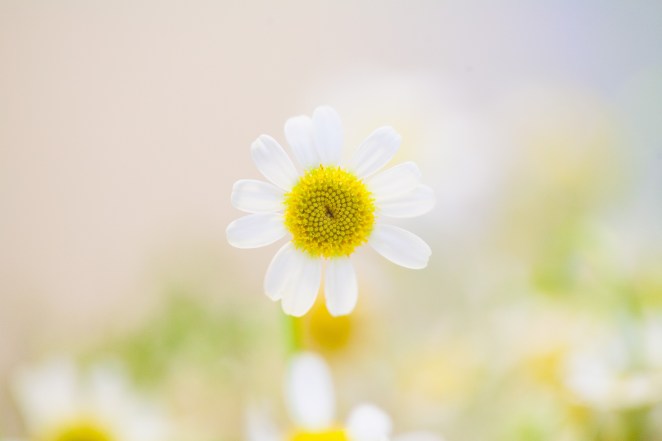
Headaches are common and are usually not a sign of major health problems. However, they can be extremely disruptive and uncomfortable. Headaches can be caused by a variety of body imbalances, including poor posture, muscle tension, suppression of urges to urinate or pass stool, indigestion, anxiety, anger, nervousness, fatigue, and high blood pressure.
Ayurveda identifies three different types of headaches. Each type of headache is the result of an imbalance in one of the doshas. The causes for each type are different, as are the remedies. As such it is important to use the appropriate remedy for the type of headache you are experiencing.
Kapha Headache
Headaches of Kapha type are dull and deep-seated, usually starting at the front of the head. They are accompanied by nausea, vomiting, fatigue, and heaviness. These types of headaches are often associated with respiratory disorders and are more likely to occur in the winter or spring.
Vata Headache
Vata governs the nervous system, and Vata headaches are characterized by severe throbbing and pulsating pain at the back of the head. They are accompanied by anxiety, depression, dry skin, and constipation.
Pitta Headache
Headaches of Pitta type are characterized by shooting, burning, or piercing pain and accompanied by light sensitivity, anger, irritability, nausea, and dizziness. These types of headaches start at the temples and spread to the center part of the head. Continue reading “6 Ayurvedic Headache Remedies”





